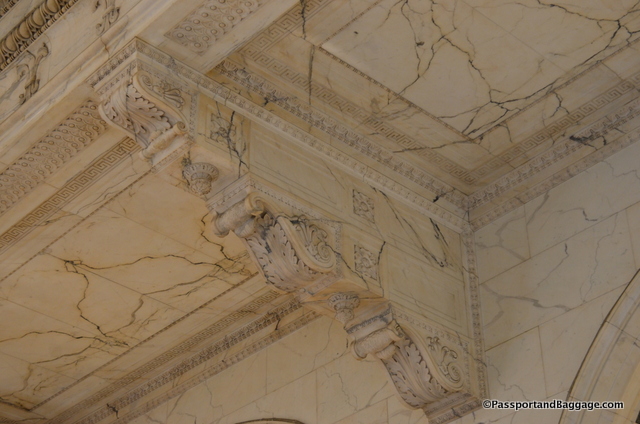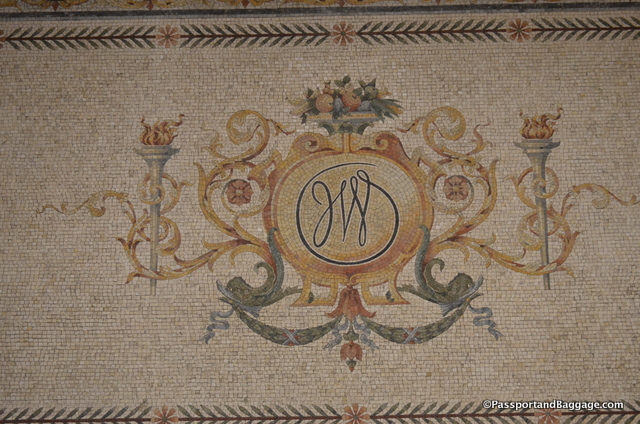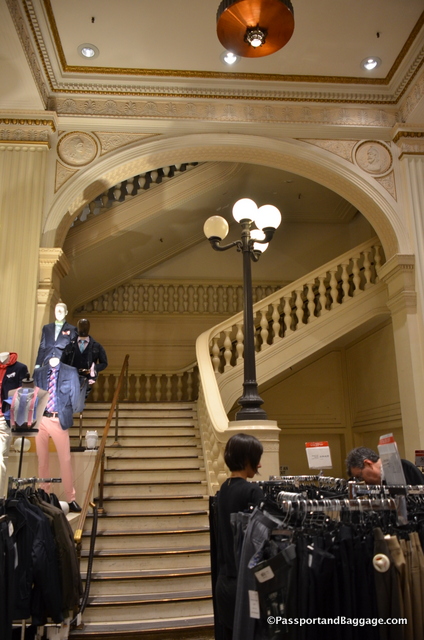1300 Market Street
Philadelphia, PA
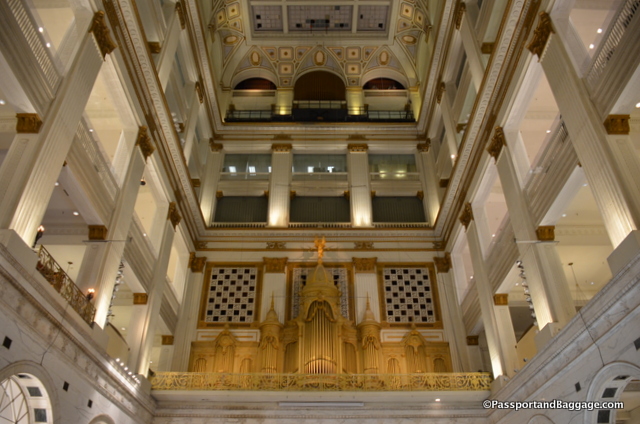 Designed by renowned organ architect and Scotsman, George Ashdown Audsley, and built by the Los Angeles Art Organ Company for the 1904 St. Louis World’s Fair, the Wanamaker Organ originally incorporated more than 10,000 pipes. The cost of construction ($105,000) actually bankrupted the builder.
Designed by renowned organ architect and Scotsman, George Ashdown Audsley, and built by the Los Angeles Art Organ Company for the 1904 St. Louis World’s Fair, the Wanamaker Organ originally incorporated more than 10,000 pipes. The cost of construction ($105,000) actually bankrupted the builder.
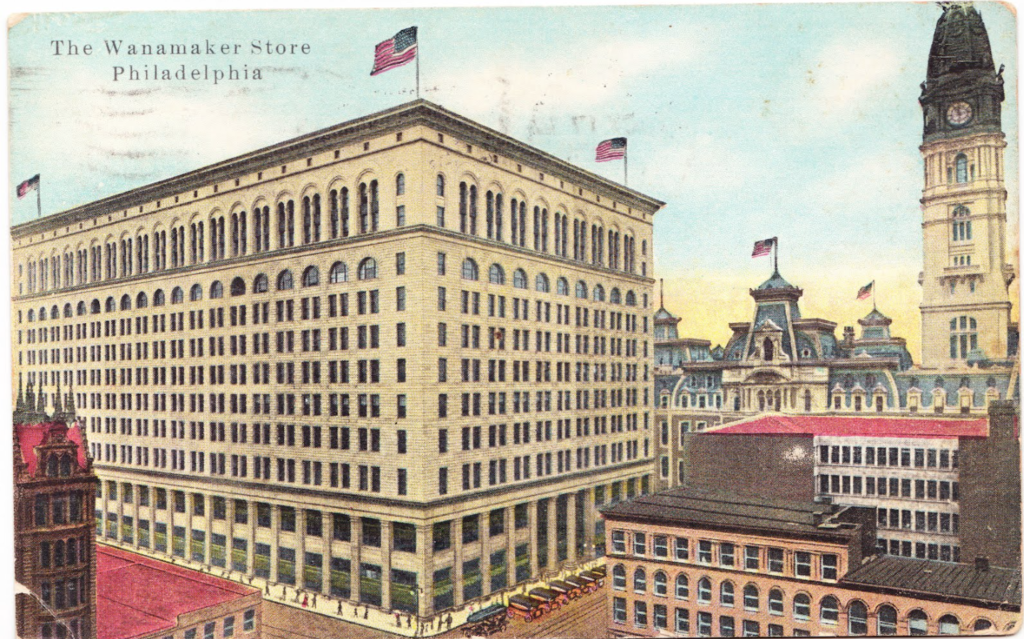
John Wanamaker purchased the abandoned Pennsylvania Railroad to construct a “Grand Depot,” which eventually became the first modern department store in Philadelphia and one of the first in the country.
Fortunately, the Organ found a new home with John Wanamaker, the Philadelphia merchant who founded the groundbreaking Wanamaker’s department store.
A firm believer in music’s capacity to benefit civic life, he purchased the organ in 1909 and had it installed over a two-year period in the seven-story atrium of his Philadelphia emporium. Seeking an even bigger sound, Wanamaker created an on-site factory to expand the Organ and hired 40 full-time employees to add 8,000 more pipes between 1911 and 1917, and another 10,000 pipes between 1924 and 1930.
Today, the Organ incorporates 28,500 pipes, six ivory keyboards, 729 color-coded stop tablets, 168 piston buttons (under the keyboards) and 42-foot controls. The largest pipe, made of three-inch-thick Oregon sugar pine, is more than 32 feet long and the smallest is a quarter-inch long.
The Organ was first heard in the downtown Philadelphia Wanamaker’s store on June 22, 1911, just as England’s King George V was being crowned.
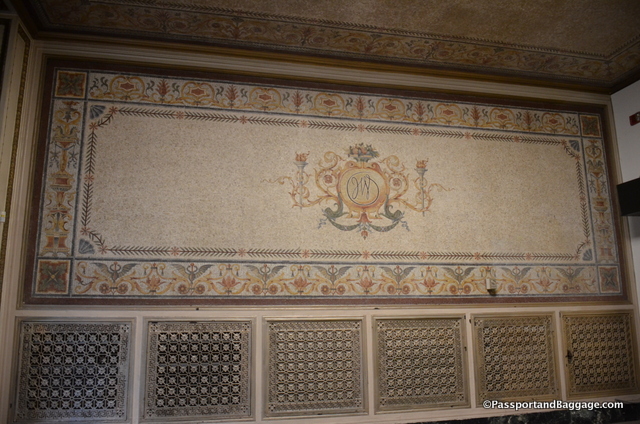
You pass through vestibules when entering the store off of Market Street, each of the entry vestibules contain stunning mosaics.
In 1904 St. Louis hosted a World’s Fair to celebrate the centennial of the 1803 Louisiana Purchase. The fair’s 1,200-acre site, designed by George Kessler, contained over 1,500 buildings, and was connected by some 75 miles of roads and walkways. It was said to be impossible to give even a hurried glance at everything in less than a week.
The exhibition was grand in scale and was given its start with an initial $5 million committed by the city of St. Louis through the sale of city bonds was authorized by the Missouri state legislature in April 1899. An additional $5 million was generated through private donations. The final installment of $5 million of the exposition’s $15 million capitalization came in the form of earmarked funds that were part of a congressional appropriations bill passed at the end of May 1900.
Over 19 million individuals attended the fair.
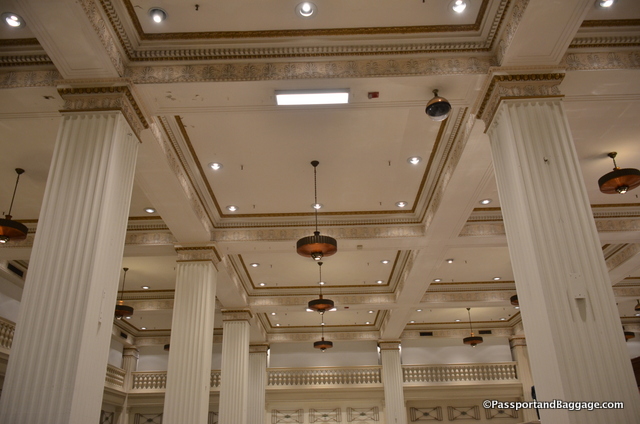
Wanamaker hired Chicago architect Daniel H. Burnham to design his new store. The building was built in the Florentine style with granite walls and included 12 floors, nine of which were dedicated to retail, numerous galleries and two lower levels totaling nearly two-million square feet.
Wanamaker also purchased this eagle from the St. Louis Fair. The large eagle became a symbol of the store and the phrase “Meet me at the Eagle” became a popular phrase amongst shoppers.
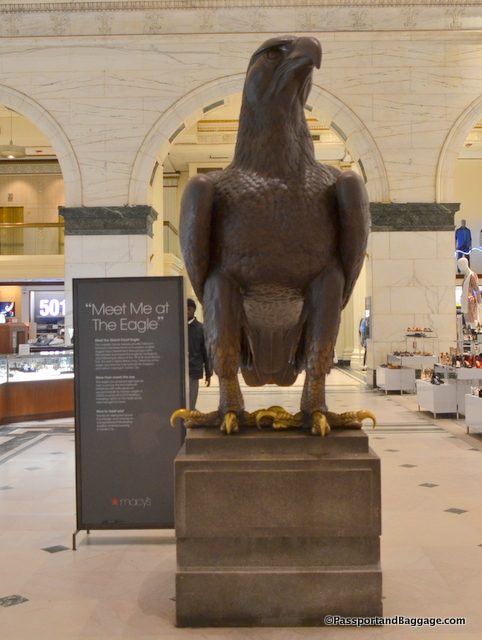
Designed by German sculptor August Gaul, the bronze bird weighs 2,500 pounds, requiring the floor to be strengthened to handle the weight.
